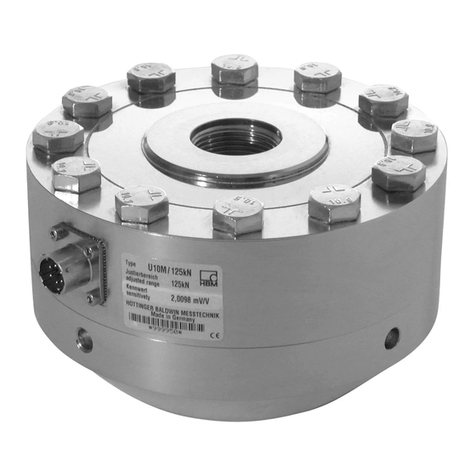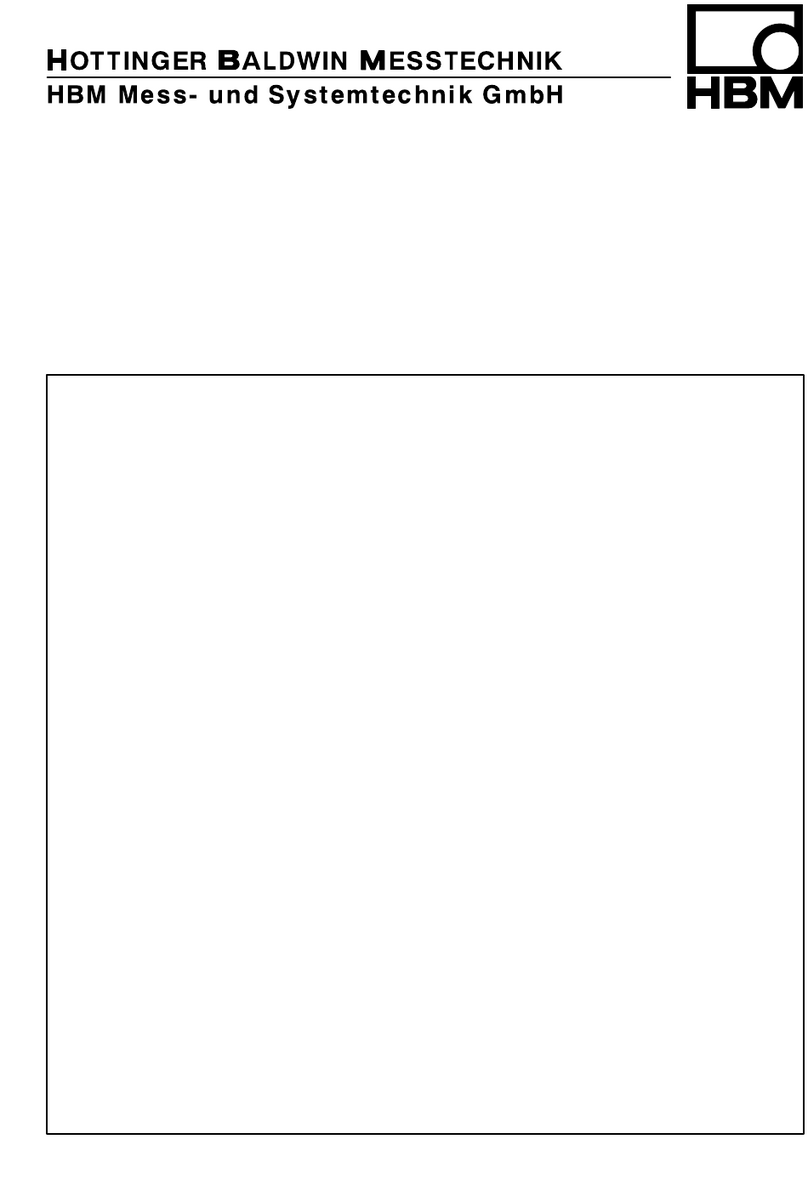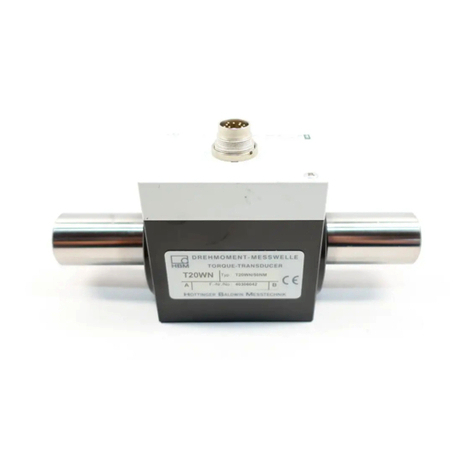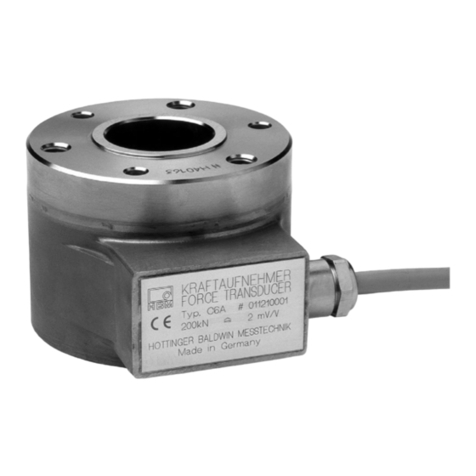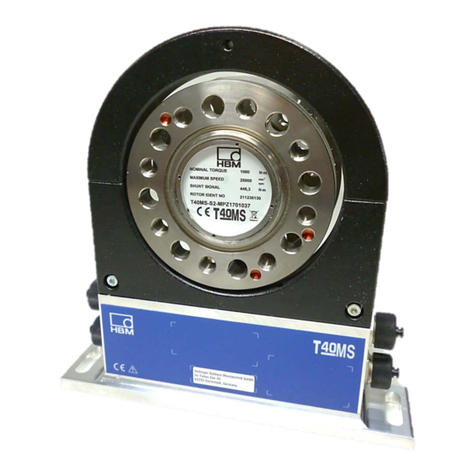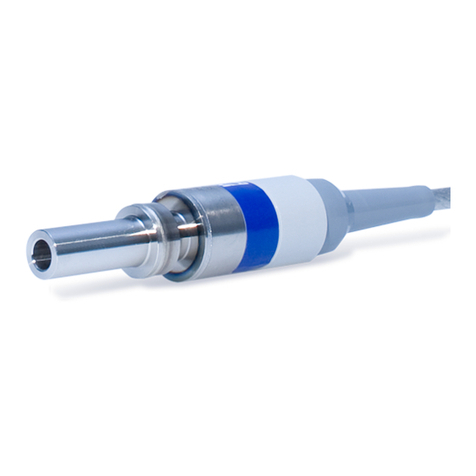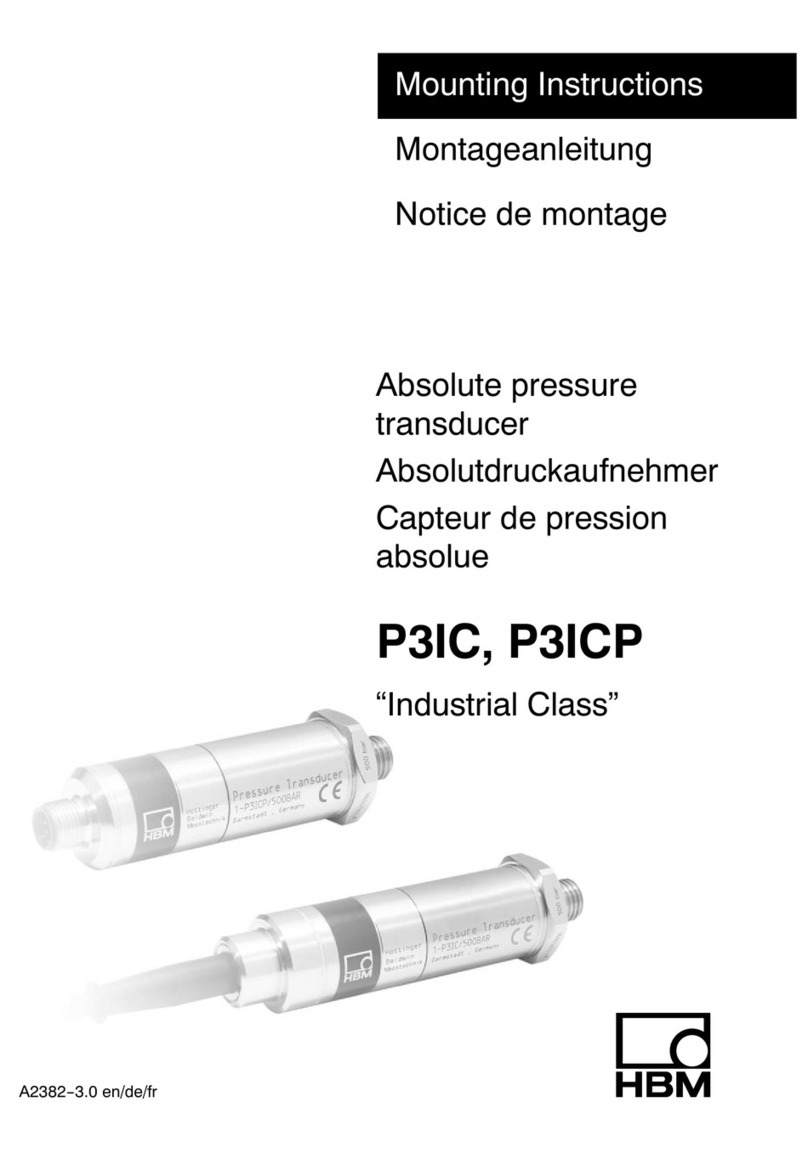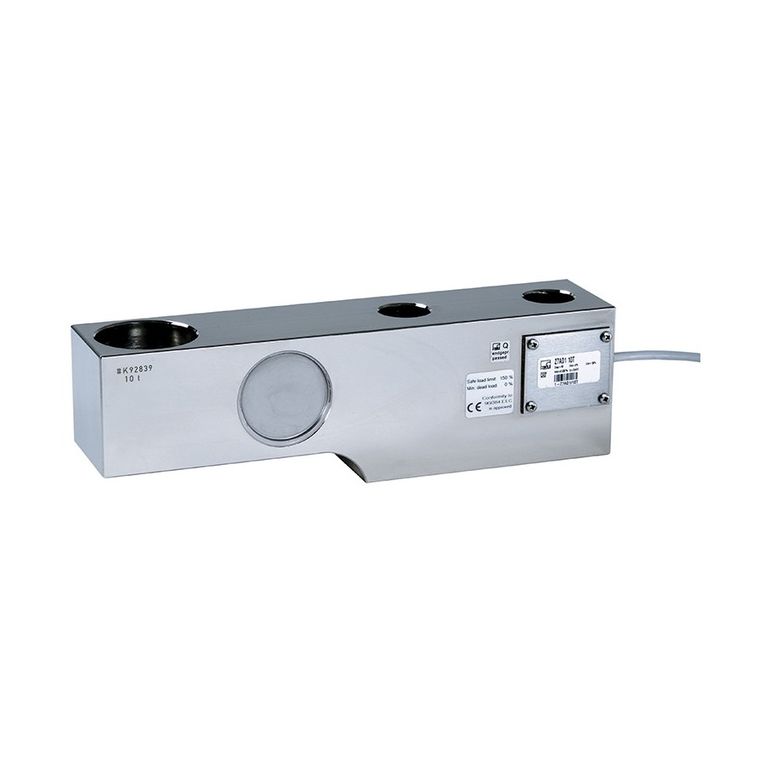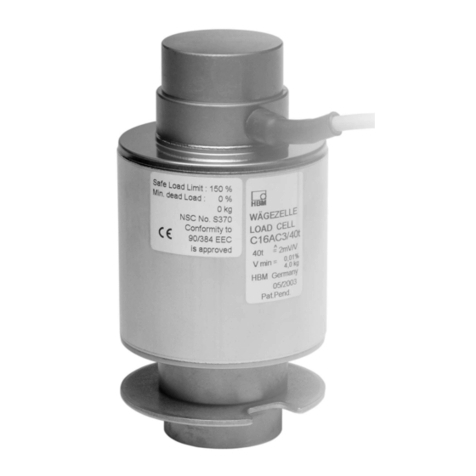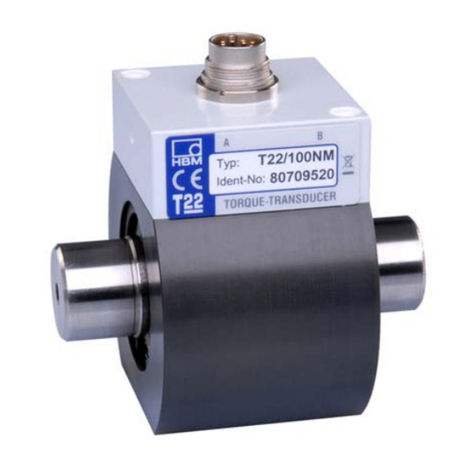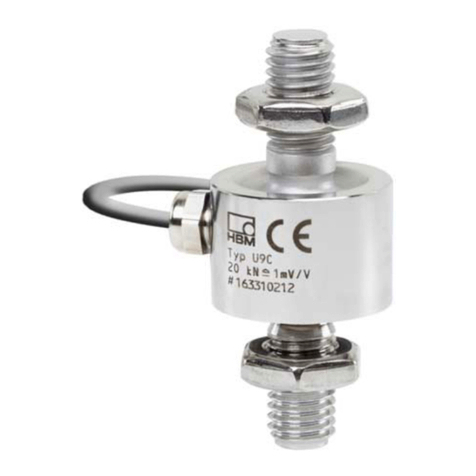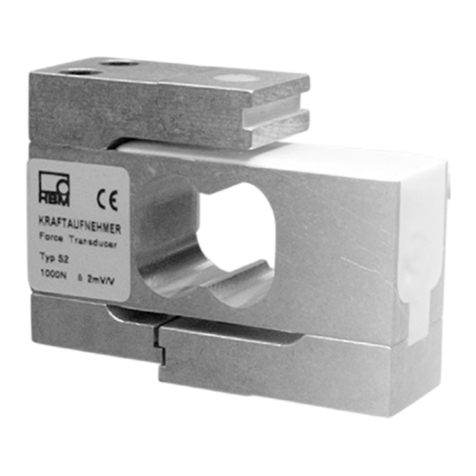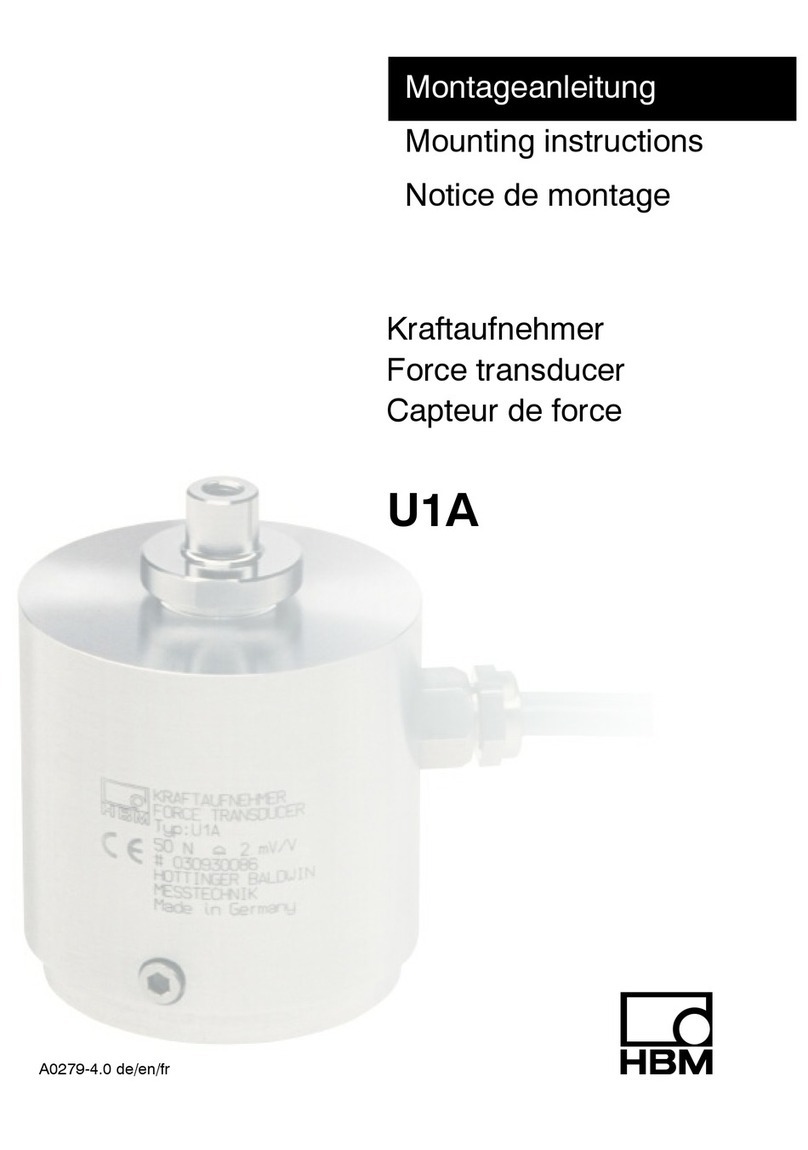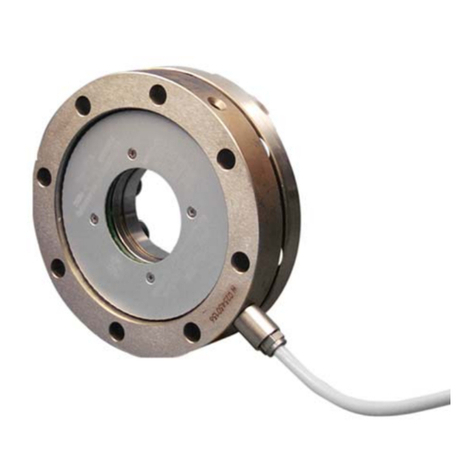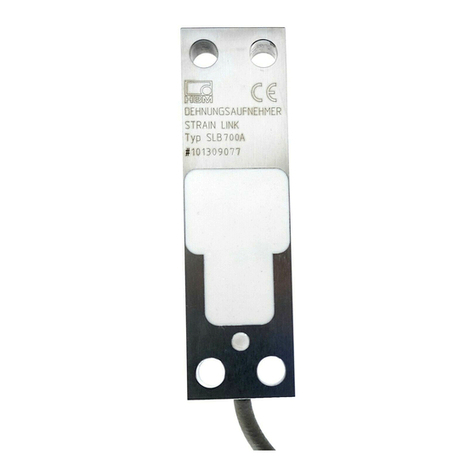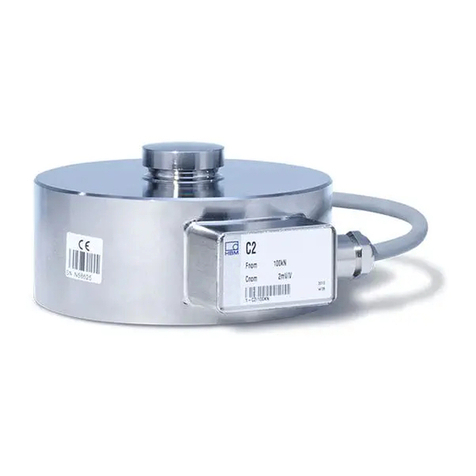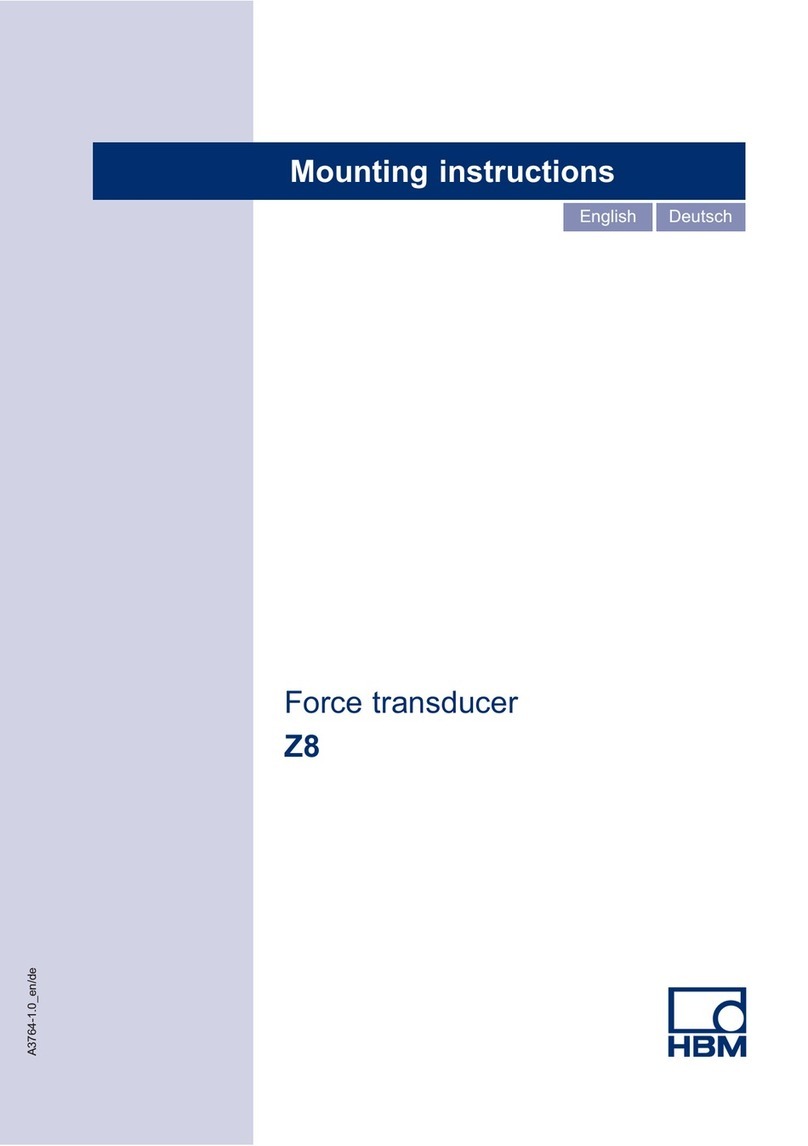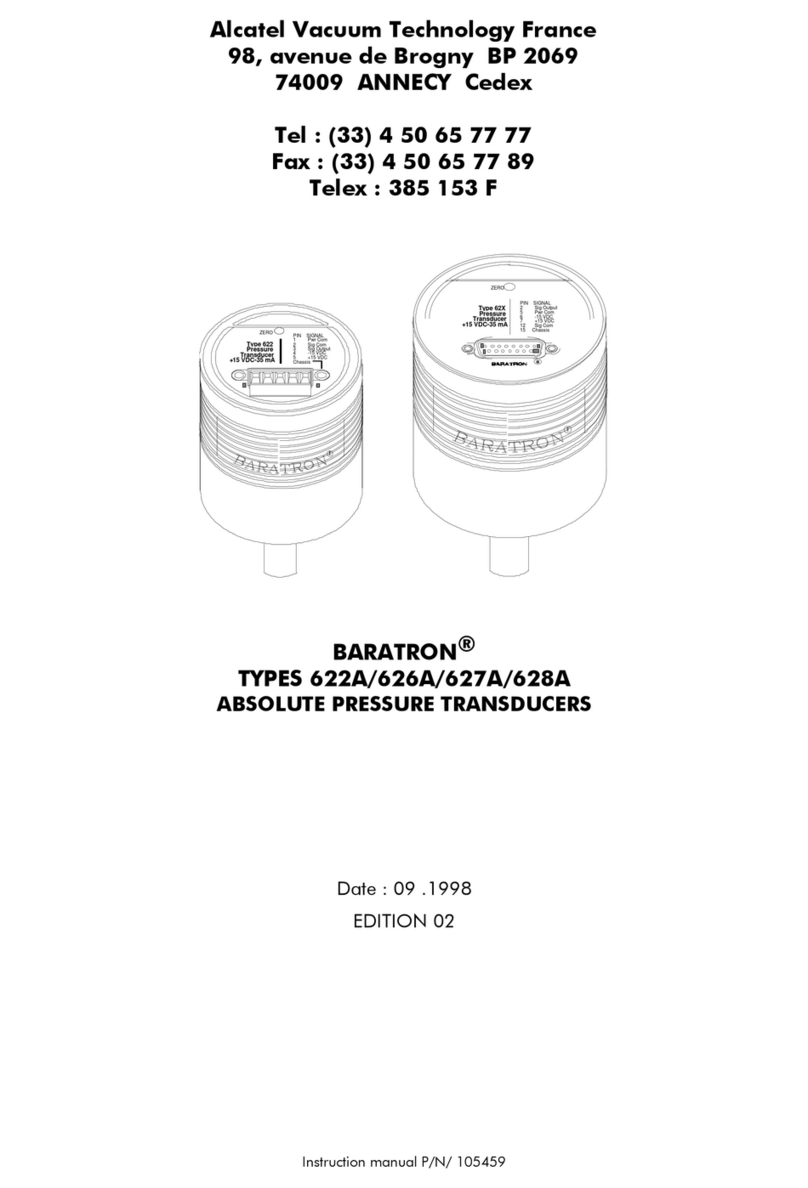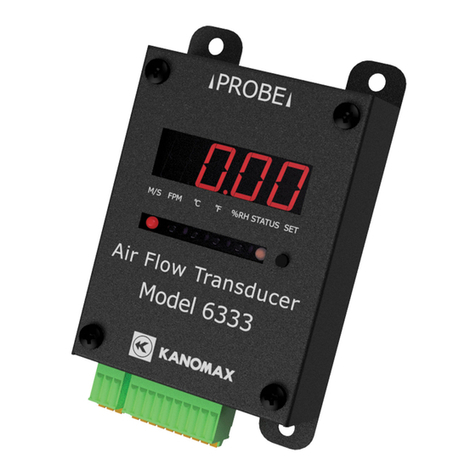
Safety instructions
8A03452_15_X00_00 HBM: public T40B
conditioning the measurement signal should be designed so that measurement
signal failure does not subsequently cause damage.
The scope of supply and performance of the transducer covers only a small
area of torque measurement technology. In addition, equipment planners,
installers and operators should plan, implement and respond to safety engi
neering considerations in such a way as to minimize residual dangers. Perti
nent national and local regulations must be complied with.
General dangers of failing to follow the safety instructions
The torque flange corresponds to the state of the art and is reliable. Transduc
ers can give rise to residual dangers if they are incorrectly operated or inappro
priately mounted, installed and operated by untrained personnel. Every person
involved with siting, starting‐up, operating or repairing a torque flange must
have read and understood the mounting instructions and in particular the tech
nical safety instructions. The transducers can be damaged or destroyed by
non‐designated use of the transducer or by non‐compliance with the mounting
and operating instructions, these safety instructions or any other applicable
safety regulations (BG safety and accident prevention regulations), when using
the transducers. Transducers can break, particularly in the case of overloading.
The breakage of a transducer can also cause damage to property or injury to
persons in the vicinity of the transducer.
If the torque flange is not used according to the designated use, or if the safety
instructions or specifications in the mounting and operating instructions are
ignored, it is also possible that the transducer may fail or malfunction, with the
result that persons or property may be adversely affected (due to the torques
acting on or being monitored by the torque flange).
Conversions and modifications
The transducer must not be modified from the design or safety engineering
point of view except with our express agreement. Any modification shall
exclude all liability on our part for any damage resulting therefrom.
Selling on
If the torque flange is sold on, these mounting instructions must be included
with the torque flange.






